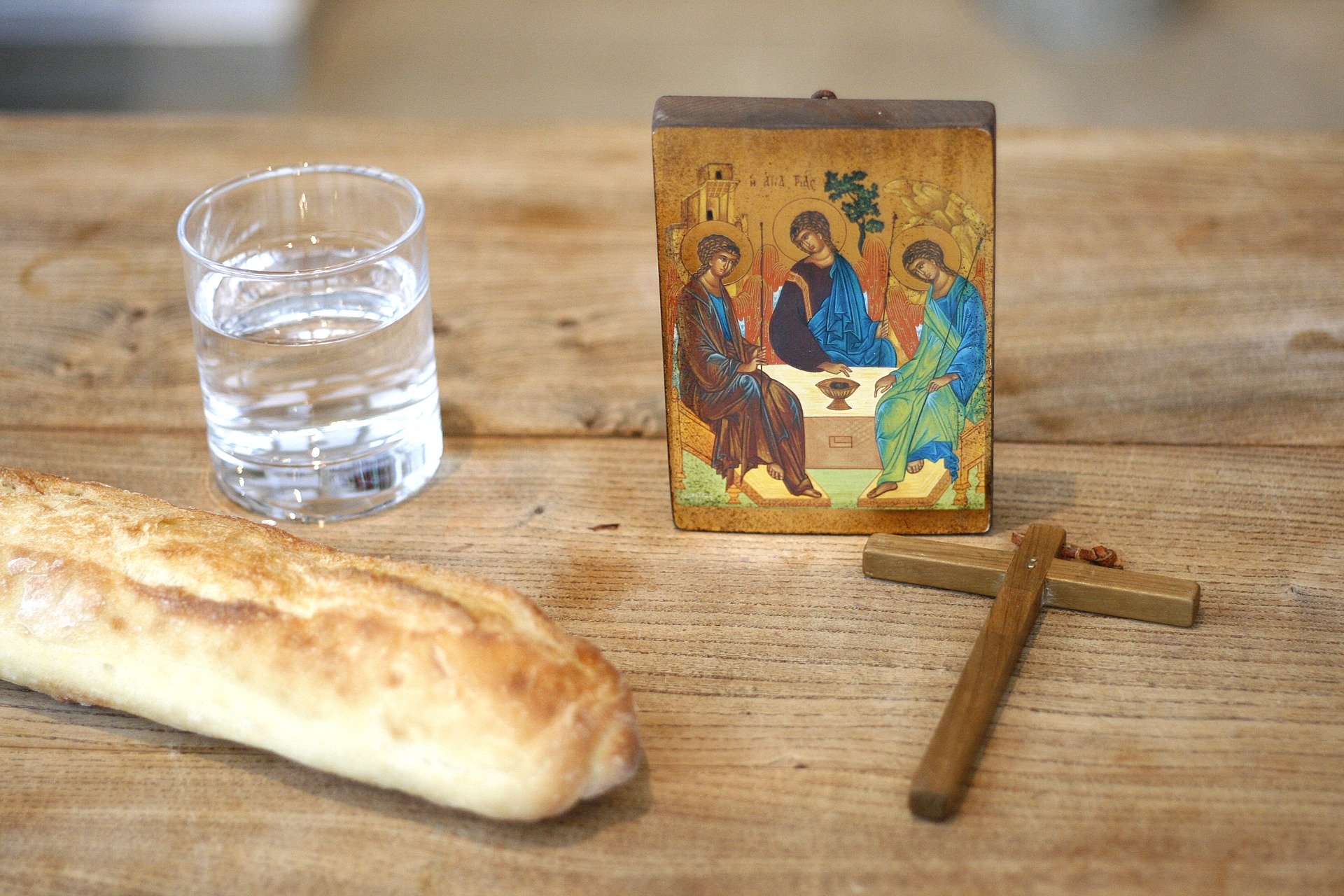
Just as Yom Kippur in Judaism, Ramadan in Islam, and the Season of Lent in Christianity does not rank high in the good-time holidays. All these seasons of major religions and their religious and ritual practices are saying “no” to something we love or “no” to many things that we excessively desires. These ritualized traditions call the believers in these religions to a self-controlling way of living through which they let go certain cravings. If we reflectively ponder on the things that we are called to say “no,” we still can find that there are hidden benefits to most of those ritualized acts that help us to let go.
Season of Lent is one of the oldest observations on the Christian calendar. Like all Christian holy days, Lent has changed over the years, but its purpose has always been the same. It is a period of self-examination and practice of penitence, demonstrated by self-denial, in preparation for Easter. The evolution of the Season of Lent as a time of preparation for Easter began since the earliest times of the Church. There is evidence of some kind of Lenten preparation that lasted. Also they were varied from a few days to a week before Easter celebrations for the first three centuries. Early Church father St. Irenaus of Lyons (c.130-200) wrote of such a season in the earliest days of the church. Back then it lasted only two or three days, not 40 days observed today.
Then, this season of Lent became more regularized after the legalization of Christianity in AD. 313. The Council of Nicaea in AD. 325 (best known for the profession of faith that we pray; the ‘Nicene Creed’) discussed a 40-day Lenten season of fasting before they held a provincial synod each year. The number 40 may have its origin in the forty-day fast observed by Moses, Elijah, and Jesus. It appears that the earliest mention of the forty days of preparation during Lent in the history of the Church comes from the Council of Nicaea. Therefore, by the fourth century, a 40 day celebration period leading up to Easter appeared to be widespread. In the fourth century, St. Athanasius (AD. 373) implored his own congregation of Alexandria to practice a fast for 40 days prior to Easter, especially a more intense fasting during Holy Week. Then in their letters and teachings, St. Cyril of Jerusalem (AD. 386), St. Cyril of Alexandria (AD. 444), and Pope St. Leo (AD 461) also urged a practice of 40 days of Lenten preparation and fast.
Thus, by the end of the fourth century, those days had expanded to a forty day period of prayer and fasting before Easter that began on a Sunday. Those 40 days mostly had an emphasis on the preparation of catechumens (those candidates preparing for Baptism or those who are converting into Christianity) for initiation at Easter. But, it is unclear whether the original intent of this season was just for new converts preparing for Baptism. And it soon began to be commonly observed in both the East and the West. This means almost the whole Church.
— Fr. Niranjan Rodrigo, Ph.D.

You must be logged in to post a comment.